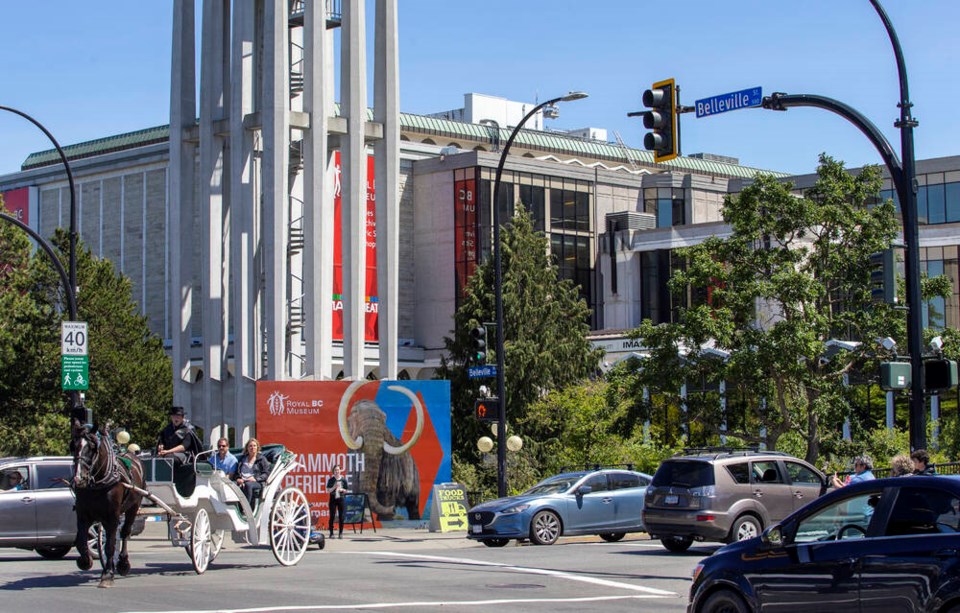A commentary by an anthropologist and entrepreneur who works heavily in the heritage sector and lives in Gibsons.
The heritage sector is at a crossroads. But this presents an opportunity to learn from the pandemic and choose an innovative future that sees an expansion of online engagement and digital expertise.
I believe the future of the heritage sector is digital engagement. Premier John Horgan even shared how “decentralizing” or “digitizing” the Royal B.C. Museum could be an integral part of the museum’s uncertain future.
Most museums are held back from achieving their full potential because of physical limitations. For example, only around one per cent of collections from an organization like the Royal B.C. Museum is accessible to the public at any given time.
And it’s not just collections that are being limited by a lack of digital innovation. In 2017, years before the heritage sector’s digital growth during COVID, Canadian museums welcomed 75.3 million in-person visitors and 203 million online visitors.
That means for every one in-person visitor, museums engaged nearly three people online. An innovative digital strategy means the heritage sector can reach far more visitors than would have been possible before.
The 2021 Canadian History Report Card from Historica Canada ranked B.C.’s history curriculum fourth in the country. Its main recommendation was to create direct connections between B.C.’s heritage institutions and classrooms.
COVID closures of the past two years have highlighted how impactful distance and online education can be. Instead of relying on classes coming to museums, heritage institutions can now develop programs that directly interact with students from communities all over the province, Canada, and the world.
Whether you appreciate museums as much as I do, as an anthropologist and self-confessed lover of all things heritage, or haven’t visited a museum since a school field trip, there is no denying they play a vital role in our communities, especially when it comes to education.
Here too, would an innovative digital strategy have a transformational impact on the heritage sector.
In order for B.C. to improve its ranking in the national history curriculum, the province needs to invest in the heritage sector. According to a recent study, every $1 invested in museums creates $4 in community benefits. That sort of return on investment is something that even the most conservative economist can get behind.
In 2017, the heritage sector employed 98,000 people and accounted for 2.7 per cent of provincial GDP. With more impact than fisheries or forestry, province-wide support for heritage funding and digital innovation is long overdue.
An investment in online educational programs will create resilient and self-sustainable institutions that will pay dividends long beyond initial expenditures.
Choosing the path of digital innovation isn’t something that can happen overnight. It requires help from government to reach its full potential.
Digital platforms, like the VR Voyage Classroom, are working to strengthen the sector after the pandemic brought the heritage sector to a standstill.
Public funding is needed to develop programs that will get these institutions online. Investing even a fraction of the $789 million from the proposed Royal B.C. Museum rebuild would go far to create jobs across the province, provide a stronger modern education system, and improve opportunities for tourists to explore the province.
The Royal B.C. Museum planned to use its time closed to the public to branch out and take its collections online and into communities across the province. This shouldn’t be something that is put to the side along with the plans to rebuild.
Digitizing, taking collections online, building off of the museum’s strengths and helping other institutions grow and adapt to create a network of heritage institutions that share B.C.’s diverse story could be a silver lining that comes out of a story that has been bogged down by negative attention.
Instead of investing nearly $800 million in a single museum, it is time that the government recognizes the educational, economic, cultural, and tourism value of B.C.’s heritage institutions and invests in the heritage sector in a meaningful community-driven way.



